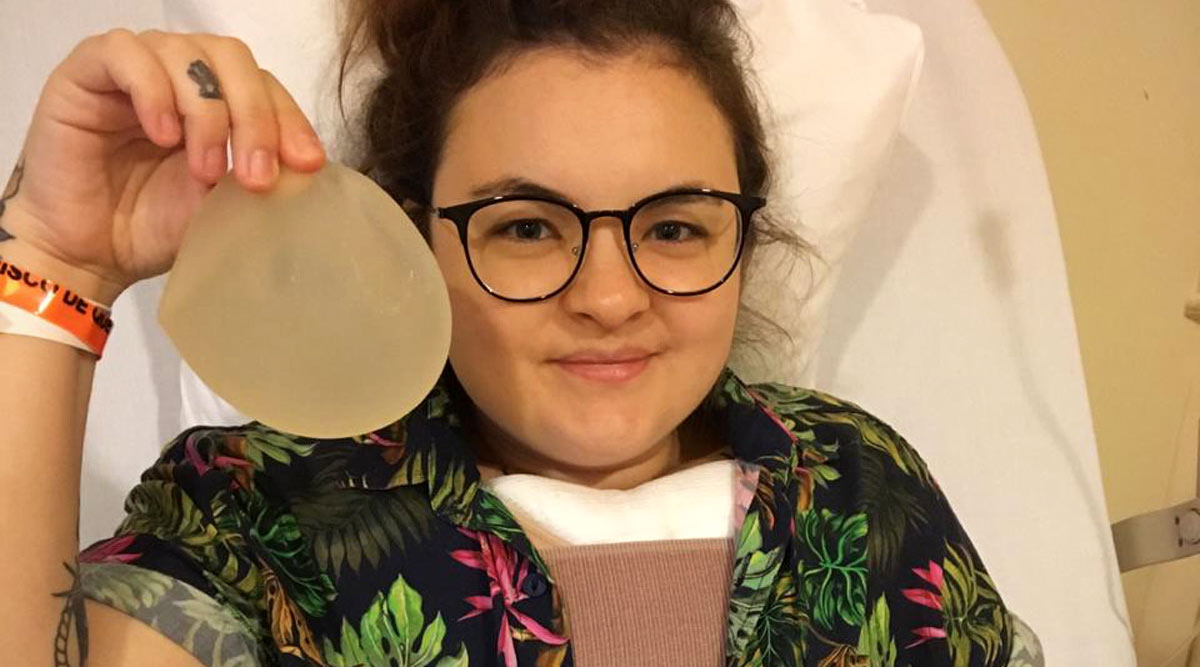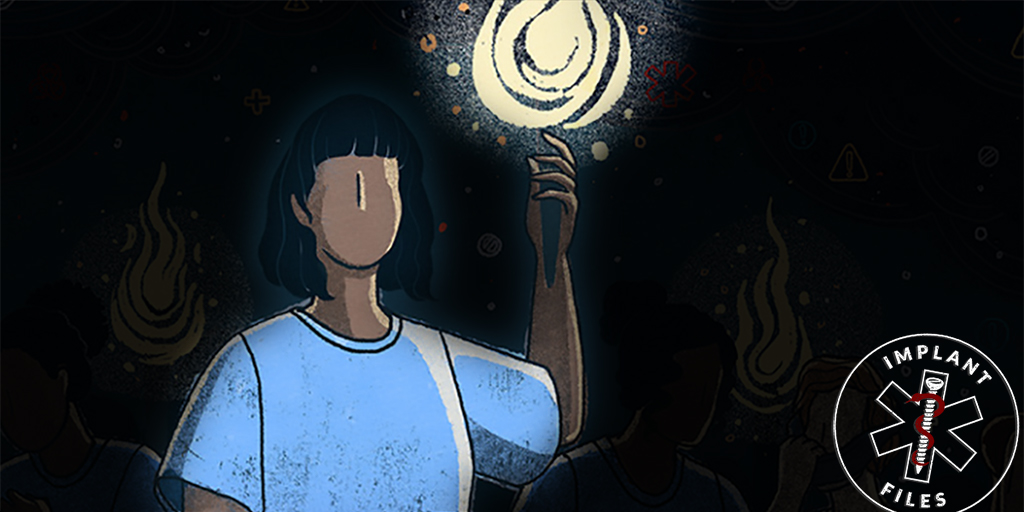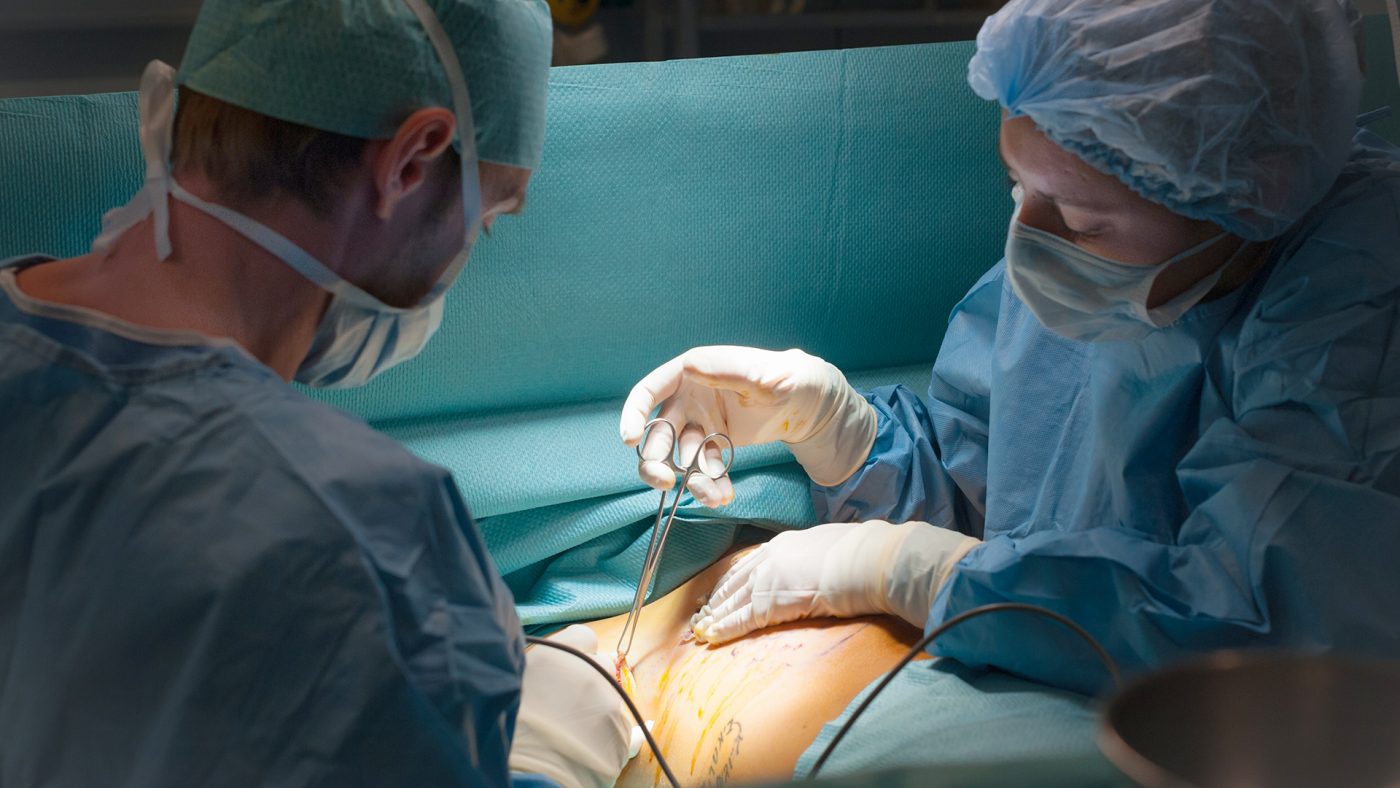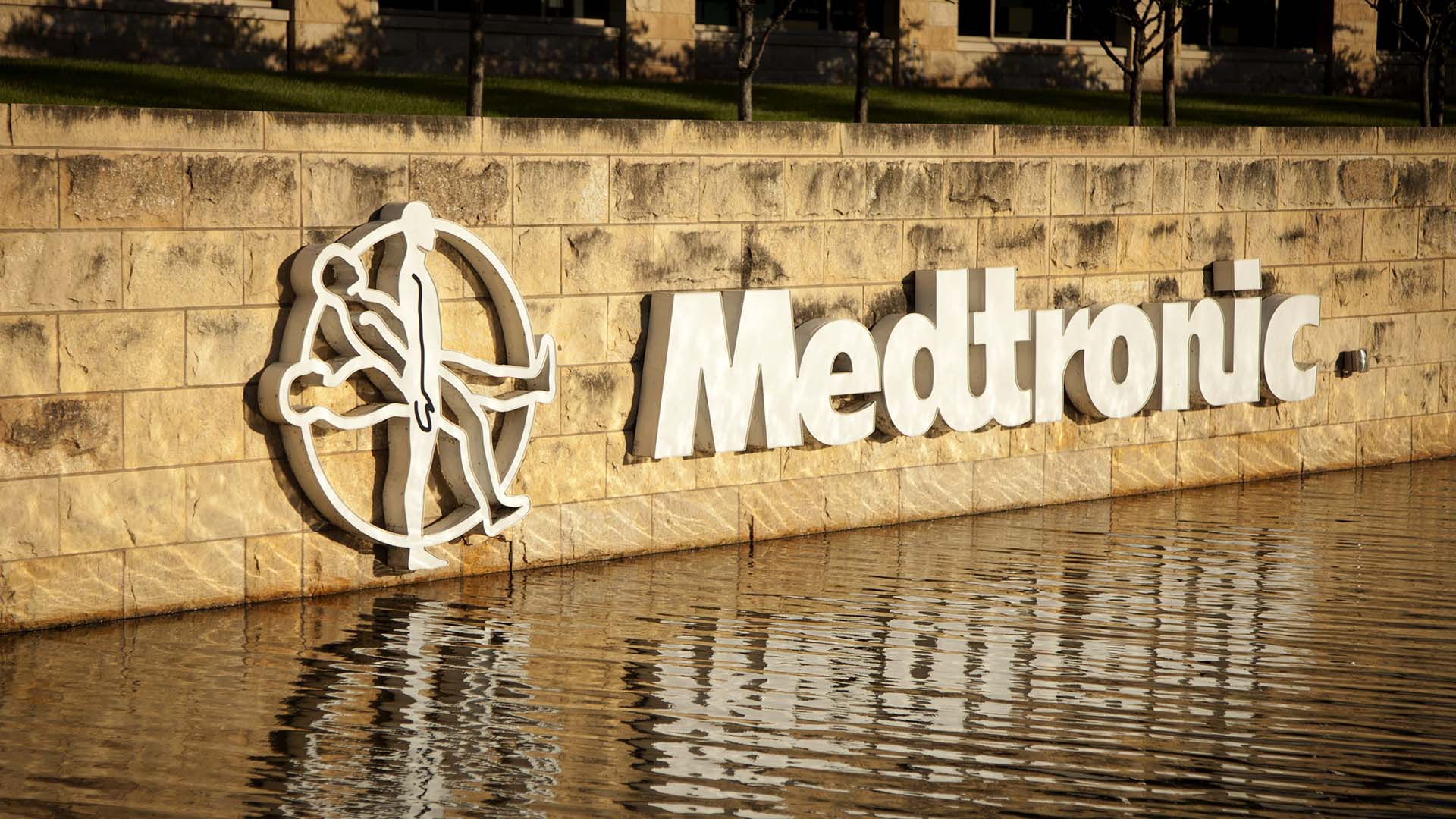Bianca Malandrino, a businesswoman in Sao Paulo, Brazil, was 22 years old when she got silicone breast implants in 2008.
She recalls having a single, brief consultation with her plastic surgeon before her operation, in which he encouraged her to get larger implants than she originally intended. She did not receive any documents detailing health hazards or other information about the implant she was about to receive, she said.
“I was young and didn’t ask about any complications that could happen, but he did not warn me either,” Malandrino told reporters from Revista Piaui. The Brazilian magazine was a part of the Implant Files, a global investigation of the medical device industry and its regulation, led and reported by the International Consortium of Investigative Journalists.
“We were in the middle of a boom to put in silicone, and I was just one more patient for him.”
In the years after the implant, Malandrino suffered from a series of ailments including bursitis, which created inflammation in her shoulder, mental fog and hair loss. She remembers so much of her hair falling out that she sometimes cried in the shower when she washed it.
Malandrino is one of hundreds of breast implant patients who have shared their experience with ICIJ and its partners in surveys and interviews. The striking similarity? How many reported that they received either limited warnings or no warnings at all about possible safety risks.
While growing numbers of women around the world reported health problems linked to breast implants, that information often was kept hidden from public view by the way it was reported, the investigation found. Breast implants were one of many medical devices covered in the year-long investigation by ICIJ and more than 250 reporters around the world.
As part of the Implant Files, news organizations asked readers to share their experiences with breast implants and other medical devices. This survey built on months of interviews with women who suffered health problems after receiving breast implants and were members of online support groups.
In two weeks, more than 650 patients reported problems related to breast implants, making it the most common device cited by the more than 2,200 patients, health providers and device industry professionals who have completed ICIJ’s survey to date.
The responders – who are self-selected and do not represent a scientific sample – overwhelmingly reported that they didn’t receive thorough warnings about breast implant safety risks.
More than two-fifths said they received no safety warning at all before receiving their implants. More than half said that were warned of local complications, such as rupture and infection, but not about more serious potential risks such as associated anaplastic large cell lymphoma (BIA-ALCL) and autoimmune disease, both of which have been linked to breast implants.
Only 12 said that they received a thorough warning of breast implant safety risks.
Gel injections
The results parallel reporting by ICIJ partners who found that often patients aren’t being properly warned about breast implant health hazards.
In Japan, ICIJ partners at Kyodo News found that women who got injections with a gel filler to enlarge their breasts experienced side effects possibly linked to the material. Plastic surgeons and their staff members were promoting the filler without mentioning the risks to their patients, even though gel fillers are banned in the U.S. to protect patient safety, Kyodo News found. The U.S. Food and Drug Administration declared in 1992 that gel injections were prohibited because their safety was unproven, and gel injections have been reported to cause serious complications in the past.
A survey by the Japan Society of Aesthetic Plastic Surgery found that more than one hundred plastic surgeons had patients who reported complications from gel fillers, including lumps, infections and skin deformities.
One woman, who was 20 years old when she was injected with gel fillers in 2016, told Kyodo News that she developed severe medical problems one year after the procedure, when she began breastfeeding her newborn child.
“It was so painful that I couldn’t lift my arms up, and I couldn’t change my clothes well,” said the woman, who remains anonymous in the story. “My mind wasn’t working properly and I thought I was going to die.”
Following the story, the Japan Society of Aesthetic Plastic Surgery called for gel filler injections for breast enlargement to be banned.
Hidden camera investigation
In Canada, CBC Marketplace and the Toronto Star conducted a hidden camera investigation in which undercover reporters requested breast implants from three Toronto plastic surgeons. The reporters recorded the plastic surgeons and their staffs promising quick, seamless recovery from the procedure and sometimes understating the chances of ruptures, leaks and required revision surgeries.
“The promotional machine driving the $1-billion global breast implant industry runs on tastefully lit, aspirational images of perfect bodies, glowing testimonials and inspirations from celebrities — but in many cases provides little mention of the potential risks,” the two news organizations said of the investigation.
Nicole Carruthers, whose story was at the heart of the CBC/Toronto Star report, said that at the time of her surgery, it was made to seem so minor and routine that it was akin to getting a haircut.
“I was told they were 100 percent safe now,” Carruthers wrote to ICIJ in responses to its reader survey.
But several years after, she experienced an array of ailments so severe they came to take over her life. “Chest pain. Difficulty breathing. Shortness of breath. Chronic fatigue. Sensitivity to light/sound/people speaking. Migraine that never went away,” Carruthers wrote.
CBC’s undercover reporters recorded eye-opening safety promises by plastic surgeons.
One plastic surgeon told CBC’s reporter that she would be out to dinner the night after the implant surgery and on the beach the following day.
When asked to explain how that was possible, the doctor told her: “You don’t have to understand, just need to know that I can deliver, and I’ve done it on thousands of patients.”
Unqualified doctors
In India, patients faced unexpected dangers of a different sort: unqualified doctors performing implants sometimes with substandard materials.
No one is checking the implants for safety; regulators do not exist…shame and stigma prevent patients from reporting the gruesome aftermath.
Two plastic surgeons told another ICIJ partner, The Indian Express, that roughly half the breast implant operations they performed were corrective surgeries to fix previous botched breast implants. One of them said some of the botched surgeries were performed by health providers who lacked the necessary qualifications, including dermatologists and ayurvedic doctors.
“No one is checking the implants for safety; regulators do not exist; technicians often double up as surgeons; shame and stigma prevent patients from reporting the gruesome aftermath of what has gone wrong, an investigation by The Indian Express has found,” reported ICIJ member Ritu Sarin.
Among the complications detailed in Sarin’s investigation were those of a patient whose implant was so badly misplaced that it almost touched her neck and another who found mites on the surface of her breast implant after it was removed.







